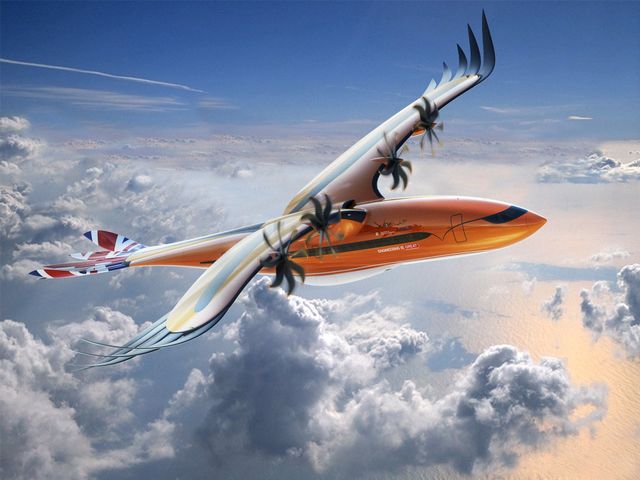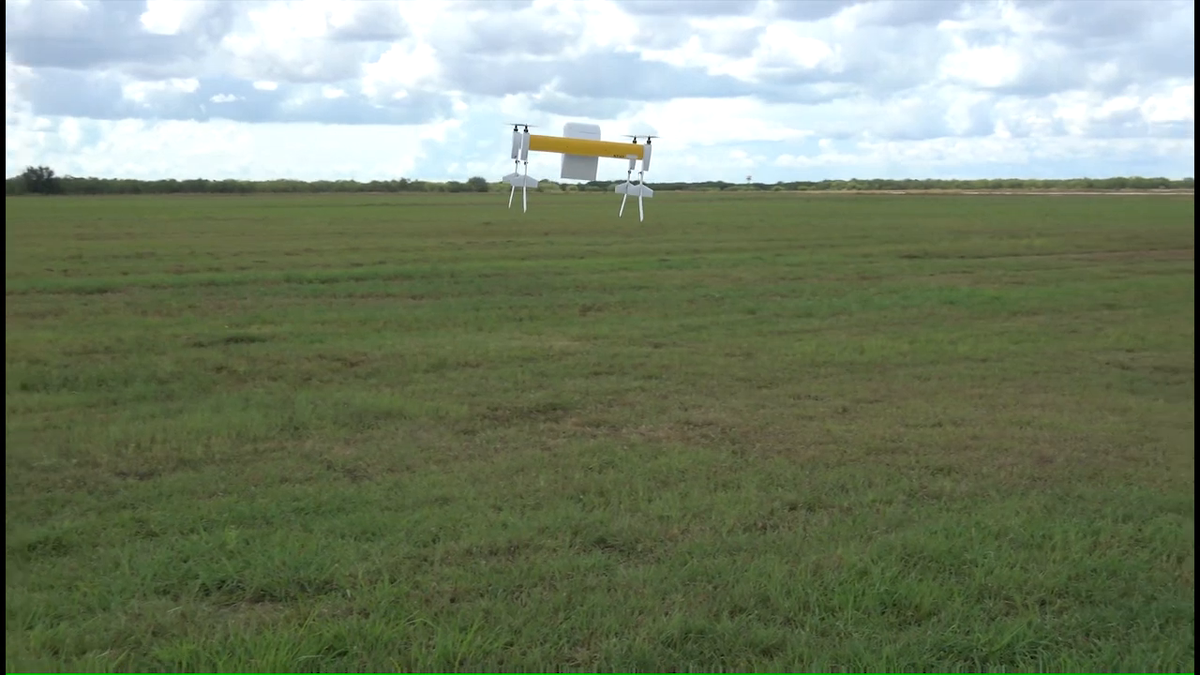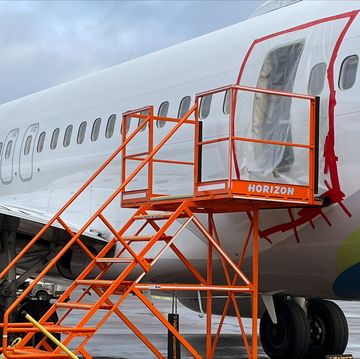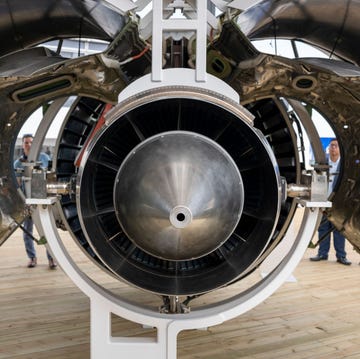Would you fly in this plane? It's the latest creation of Airbus, which calls it the "Bird of Prey."
The European multinational aerospace giant, one of the largest aerospace and defense companies in the world, says it developed the concept plane with the goal "motivating the next generation of aeronautical engineers, underscoring how they can make a difference by applying technologies researched at the company in hybrid-electric propulsion, active control systems and advanced composite structures."
The hypothetical plane's design was first showcased at the Royal International Air Tattoo, held on a RAF airfield in Gloucestershire, England. A hybrid-electric, turbo-propeller craft, Airbus imagines the plane being used for regional transportation.
There's a mix of new and very, very old in the Bird of Prey design. There's the hybrid-electric engine, which would be consistent with the company's stated goal of cutting aerospace industry emissions by 50 percent by 2050. There's also the oldest tool that anyone who has thought of flying has ever used: copying birds.
Going as far back as Leonardo da Vinci in the 15th century, people have seen birds as inspirations for mechanical flight. But Airbus has specifically predator birds in mind, even for regional flights from Cologne to Berlin, predators.
The unique tail and wing features, Airbus says in a press statement, "would mimic those of a bird of prey," like an osprey or a California condor. The tail and wings, split into prongs, would have "feathers" that could be individually controlled, allowing for an active flight control.
Beyond the tail and wings, the plane also features a "blended wing-to-fuselage joint that mirrors the graceful and aerodynamic arch of an eagle or falcon," according to the company's press release.
“Our ‘Bird of Prey’ is designed to be an inspiration to young people and create a ‘wow’ factor that will help them consider an exciting career in the crucially-important aerospace sector,” says Martin Aston, a senior manager at Airbus, in the press statement. The Bird of Prey is not coming to an airstrip near you, it's just a thought project.
“One of the priorities for the entire industry is how to make aviation more sustainable – making flying cleaner, greener and quieter than ever before. We know from our work on the A350 XWB passenger jet that through biomimicry, nature has some of the best lessons we can learn about design. Who can’t help but be inspired by such a creation?”
Hybrid-electric planes, which would require some but less fuel than current aircraft, are gaining momentum. In 2017 Boeing, the only aerospace company larger than Airbus, began backing a startup hybrid-electric startup named Zunum Aero though the company has hit serious financial difficulties since.
Source: Airbus
David Grossman is a staff writer for PopularMechanics.com. He's previously written for The Verge, Rolling Stone, The New Republic and several other publications. He's based out of Brooklyn.













